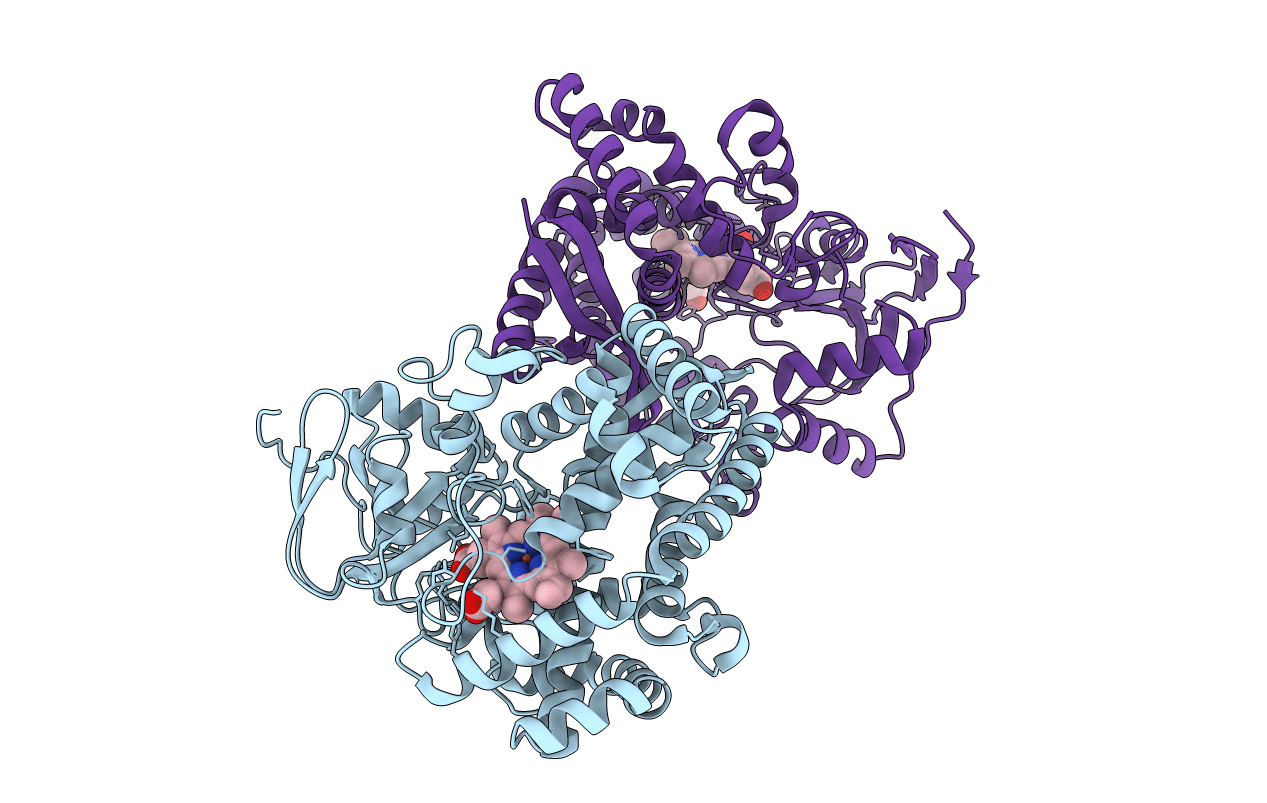
Deposition Date
2007-09-20
Release Date
2008-08-19
Last Version Date
2023-08-30
Entry Detail
PDB ID:
2RCM
Keywords:
Title:
Crystal Structure of Arabidopsis thaliana Allene Oxide Synthase variant (F137L) (At-AOS(F137L), cytochrome P450 74A) at 1.73 A Resolution
Biological Source:
Source Organism:
Arabidopsis thaliana (Taxon ID: )
Host Organism:
Method Details:
Experimental Method:
Resolution:
1.73 Å
R-Value Free:
0.19
R-Value Work:
0.17
R-Value Observed:
0.17
Space Group:
P 21 21 21


